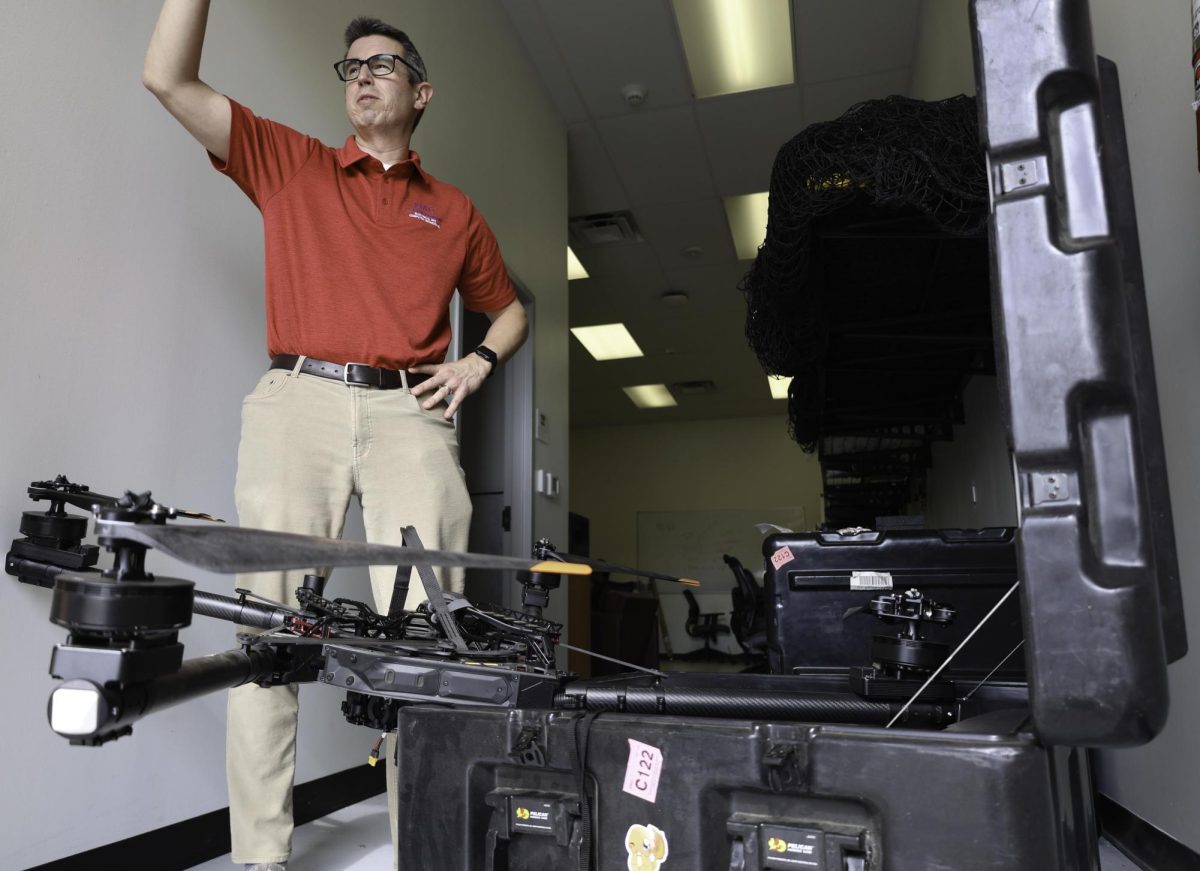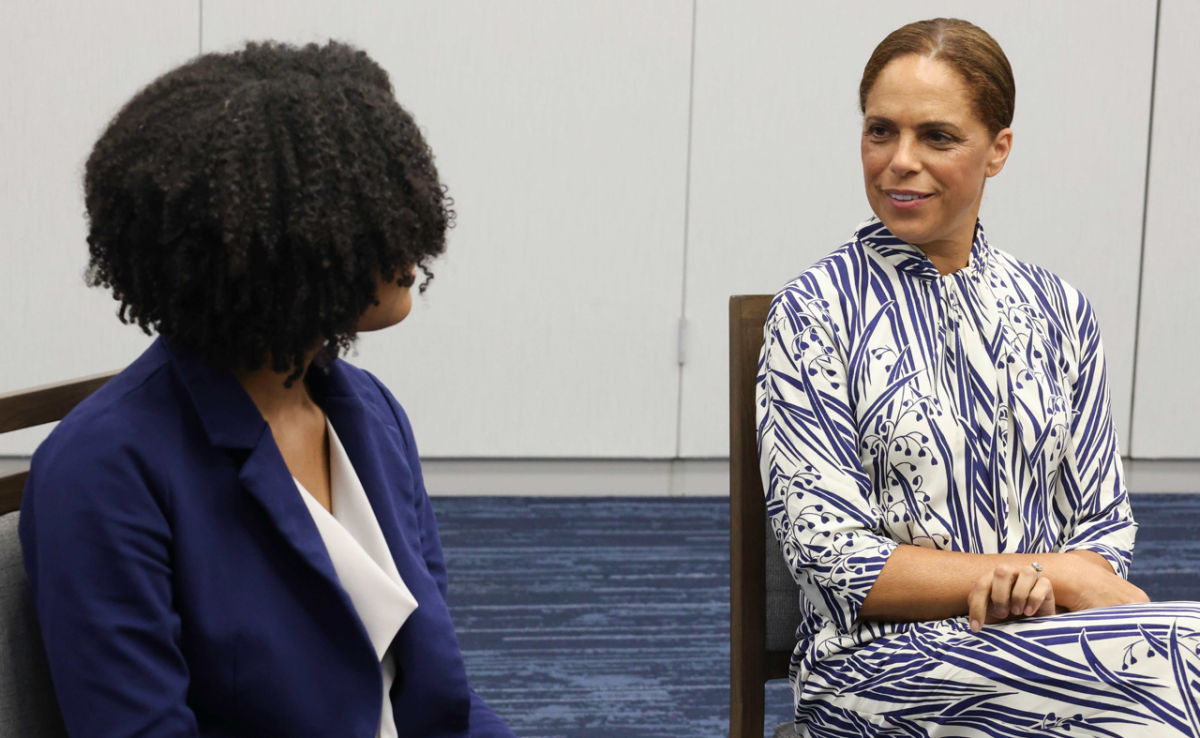A race war has erupted at one of the nation’s oldest, most prestigious institutions. Last year, the dean’s office celebrated slight gains in diverse applicants but with many now calling for Fairbanks’ resignation that may have been pre-mature…
These lines, delivered by a female television journalist standing in front of a college admissions office, may seem like the beginning of a recent news program. But it’s actually the opening scene of Dear White People, a 2014 movie about racial tensions at a fictional college building up to violence.
With all of the recent incidents of racial tensions on college campuses, including SMU, Dear White People might seem like an instance of life imitating art. However some of the events on college campuses may be closer to fiction then real life.
“A lot of news outlets did not portray what’s happening as accurately as they should have,” Hailey Stolze, Student Outlook editor of the Maneater, the University of Missouri’s student newspaper said in an interview with The Daily Campus.
On Nov. 9, Stolze saw University of Missouri at Columbia make national headlines. After months of protests, a hunger strike, a football team strike, and two votes of no confidence from members of Mizzou, the University President of Mizzou Tim Wolfe resigned. The protests and strikes were a result of racially charged incidents on campus, and even students at SMU gave their support to students protesting.
The day after Wolfe’s resignation, rumors swelled about retaliation from hate groups coming to campus. On Yik Yak , an anonymous posting app, one student threatened to shoot students and warned others not to come to campus.
But according to Stolze, separating the truth in the situation from exaggeration was difficult. The week of Wolfe’s resignation Stolze and the Maneater staff spent their time finding rumors on social media and around campus and then contacting the authorities to fact check.
“The threats on Yik Yak were absolutely terrifying and MU alerts wasn’t giving out specific warnings so we figured it out, we found that rumors like the KKK [Ku Klux Klan] on campus and shooting on campus which all were false,” Stolze said.
But that didn’t stop rumors from flying. The day after Wolfe resigned, Missouri Student Association President falsely posted on Facebook that the KKK was on campus. And despite a timeline posted by the Maneater news outlets like Teen Vogue exaggerated the connection between a student hunger strike and a swastika drawn on campus.
According to Tony Pederson, an SMU media ethics professor and the chair of the journalism department, false and exaggerated media coverage hurts the trust in media and can hurt a social movement when it comes out as untrue.
“Its hard to imagine that trust in news media can go any lower but when people read a story and know for a fact it’s wrong and of course its more damaging,” Pederson said.
SMU had to deal with coverage of race issues on it’s campus, as well.
On Oct. 30, SMU Panhellenic made the news for anonymous comments posted about Panhellenic recruitment online. On GreekRank, an anonymous poster sparked outrage with a post, titled Reasons where the posters states the reasons why black women don’t get bids into sororities at SMU.

USA Today, Refinery 29, and Teen Vogue all did stories about the post. And even celebrities like Gabrielle Union and Soledad O’Brien commented on the post. But none of the initial articles featured a response from SMU or SMU Panhellenic.
Responses like those are similar to the reporting on other issues that take place on a college campus.
“I think that a lot of the reporting about college campuses has been based on preconceived notions that journalists have held and those preconceived notions may or may not reflect the real reality,” Pederson said.
Meanwhile, SMU Greek life has made attempts to diversify. In April, SMU appointed a 29 member Greek Life Diversity Task Force as a way to address some flaws in Greek life.
Biko McMillan, a member of the Greek Life Diversity Task Force, says that people shouldn’t ignore when Greek Organizations are offensive but that the media doesn’t show a total view of SMU Greek life.
“The media is generally really good at twisting stories or not telling the entire story.” McMillan said, “With everything that has happened with GreekRank and Yik Yak and the theme parties, the way it has been presented may give the effect that all of Greek life is represented by those anonymous posts, but everyone on our campus knows that it is not the case.”
For instance SMU Panhellenic’s Facebook page posted a response to Reasons stating that it wasn’t representative of SMU but, the USA Today and Refinery29 articles did not mention the response. Meanwhile the Refinery29 and Teen Vogue articles failed to include interviews with a student or staff member connected to SMU.
Not to say racial tensions are not prevalent at SMU.
At 9 a.m. Nov 16, black students from SMU delivered a list of demands to the university president. Along with the demands, students hosted a black out protest, SMU’s black seminary hosted a march, and student senate hosted a discussion between students to talk about race at SMU.

The student movement is better known around campus as “Black at SMU” but is comprised of several SMU student organizations. The movement is supportive of the student movement at University of Missouri and started a result of similar issues on SMU’s campus.
“This year there was a party hosted by Pike and AEPI that was encouraging people to go out in thug attire, there was also an anonymous post on GreekRank, and this year the black freshman enrollment hit an all-time low of 52 students,” Garret Fisher, student senate’s African American senator, said.
When looking at racial tension on campus, the Black at SMU movement shifts away from a Greek life angle that stories covering SMU and race have taken.
“There’s definitely overall an institutional problem with not having enough black students and not having enough support for black students,” Fisher said.









